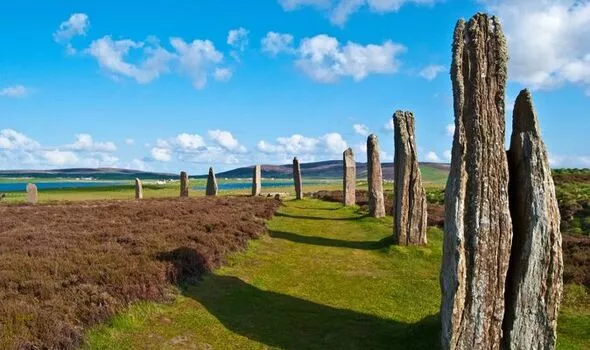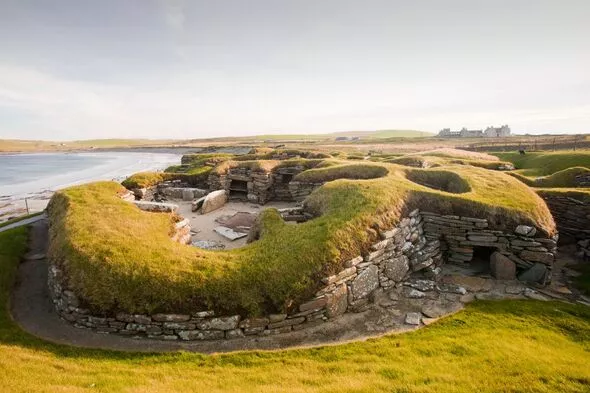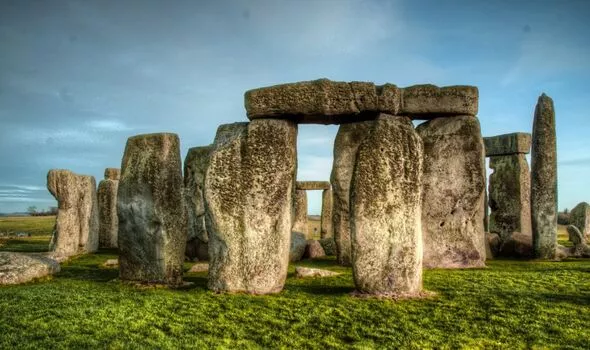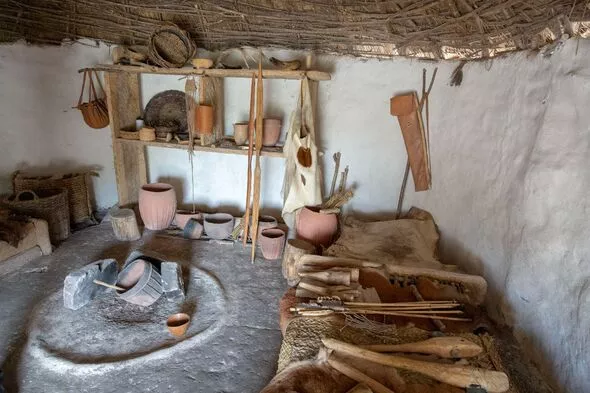Archaeologists stunned as Orkney dig reveals ‘astounding’ 5,300-year history
Archaeologists have been stunned by the treasure trove of stone artefacts they have unearthed in Orkney, revealing a 5,300-year-old history.
When digging in islands off the coast of Scotland, researchers were able to uncover a wide collection of stone age artefacts, including neolithic villages, tombs, weapons and mysterious religious items. Orkney is home to innumerable relics that date back to Britain’s stone age, at around 3000 BC.
The cluster of islands is home to the Ring of Brodgar, which is a massive prehistoric stone circle, originally consisting of 60 stones, of which 36 survive today.
The Scottish geologist Hugh Miller, visiting in 1846, wrote that the stones “look like an assemblage of ancient druids, mysteriously stern and invincibly silent and shaggy”.
Another key landmark for historians is the Stones of Stenness Circle, which is likely to oldest surviving henge in the British Isles.
Archaeologists have now decided to dig at locations between these two circles, and have found a stunning collection of stone-age relics.


Led by archaeologist Nick Card, the researchers are unearthing a major settlement of neolithic stone buildings, the earliest of which date from about 3300BC.
The buildings have given a lot for the team to study. The six-metre wide walls and hearths of the structure are crisply intact, and the site has an abundance of pots and stone tools.
Speaking to the Guardian, Mr Card said: “You could continue for several lifetimes and not get to the bottom of it.
“Every year it never fails to produce something that astounds us.”
Despite excavating for nearly twenty years, Mr Card and his team have only unearthed 10 percent of its area, and about 5 percent of its volume.
Some of the most interesting finds from the Ness of Brodgar will be put on display at the British Museum this month in a new exhibition, the World of Stonehenge.
The exhibition will look at northern-European prehistory from the era of the hunter-gatherers to the early bronze age, at about 2500 BC. While Stonehenge may be the more renowned of Britain’s ancient architecture, some of the buildings found at this site are far older than that.

Neil Wilkin, curator of the British Museum show said: “For neolithic stone architecture, Orkney blows everywhere else out of the water.”
While most other places in Europe at the time preferred building their structures using wood, the prehistoric inhabitants of Orkney built their houses from stone, which meant that they could be preserved for time immemorial.
This has allowed researchers to discover well preserved neolithic villages and tombs across the Orkney archipelagoes.

Using stones, these buildings were built on an unprecedented scale and with quality that would not be repeated until well into the medieval era, 4,000 years later.
These villages include the famous Skara Brae, which is one of Europes oldest and best-preserved stone age settlements. The neolithic village was buried by a mountain of sand until it was revealed in 1850 after a heavy storm blew the sand dunes away.